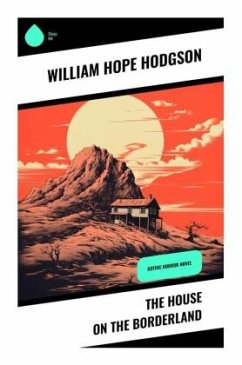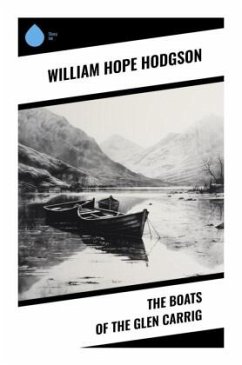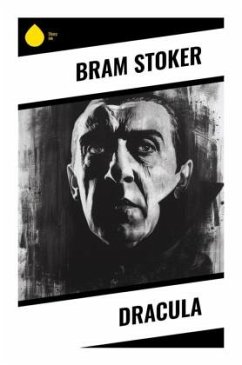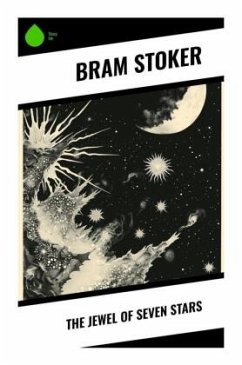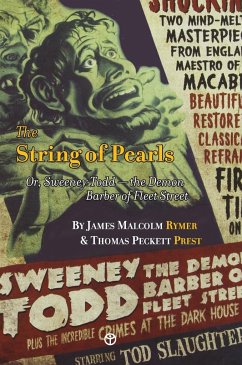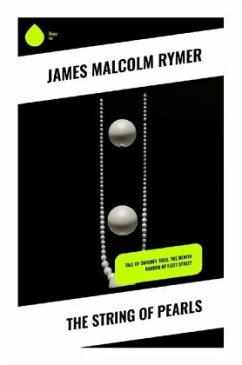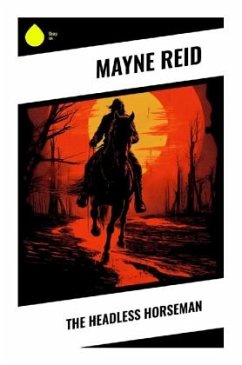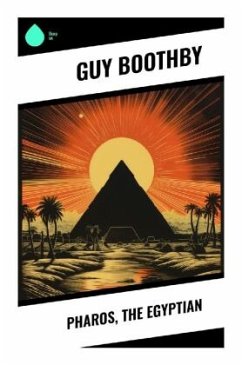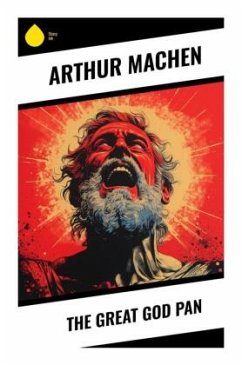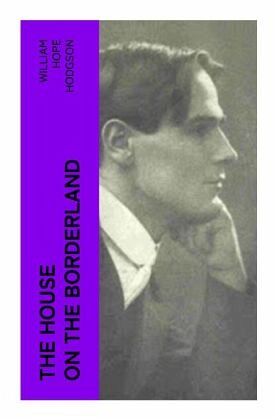
The House on the Borderland
Versandkostenfrei!
Versandfertig in 6-10 Tagen
9,80 €
inkl. MwSt.

PAYBACK Punkte
0 °P sammeln!
In William Hope Hodgson's haunting novel, "The House on the Borderland," readers are drawn into a labyrinthine narrative that intertwines cosmic horror with metaphysical exploration. Set within a decaying mansion on the threshold of another dimension, the plot unfolds through a manuscript discovered by two adventurers. Hodgson's rich, atmospheric prose evokes a sense of dread as it navigates themes of alternate realities and the nature of existence, reflecting the period's fascination with the occult and the unknown. The novel's experimental structure and vivid imagery signify its place within...
In William Hope Hodgson's haunting novel, "The House on the Borderland," readers are drawn into a labyrinthine narrative that intertwines cosmic horror with metaphysical exploration. Set within a decaying mansion on the threshold of another dimension, the plot unfolds through a manuscript discovered by two adventurers. Hodgson's rich, atmospheric prose evokes a sense of dread as it navigates themes of alternate realities and the nature of existence, reflecting the period's fascination with the occult and the unknown. The novel's experimental structure and vivid imagery signify its place within the early 20th-century weird fiction movement, anticipating many elements that would later become staples of horror literature. Hodgson, a soldier and a prior sailor, was profoundly influenced by his experiences with the supernatural and the traumas of war. These encounters likely informed his exploration of existential themes and the more intense elements found in the book. His interests in philosophy, coupled with the spiritualism prevalent in his time, converge in this work, marking it a significant moment in his literary career. "The House on the Borderland" is highly recommended for readers seeking a profound, unsettling experience that transcends the conventional boundaries of horror. Hodgson's ability to evoke a sense of wonder and terror ensures that this novel remains a cornerstone in the exploration of the unknown and an essential read for enthusiasts of dark, imaginative literature.



